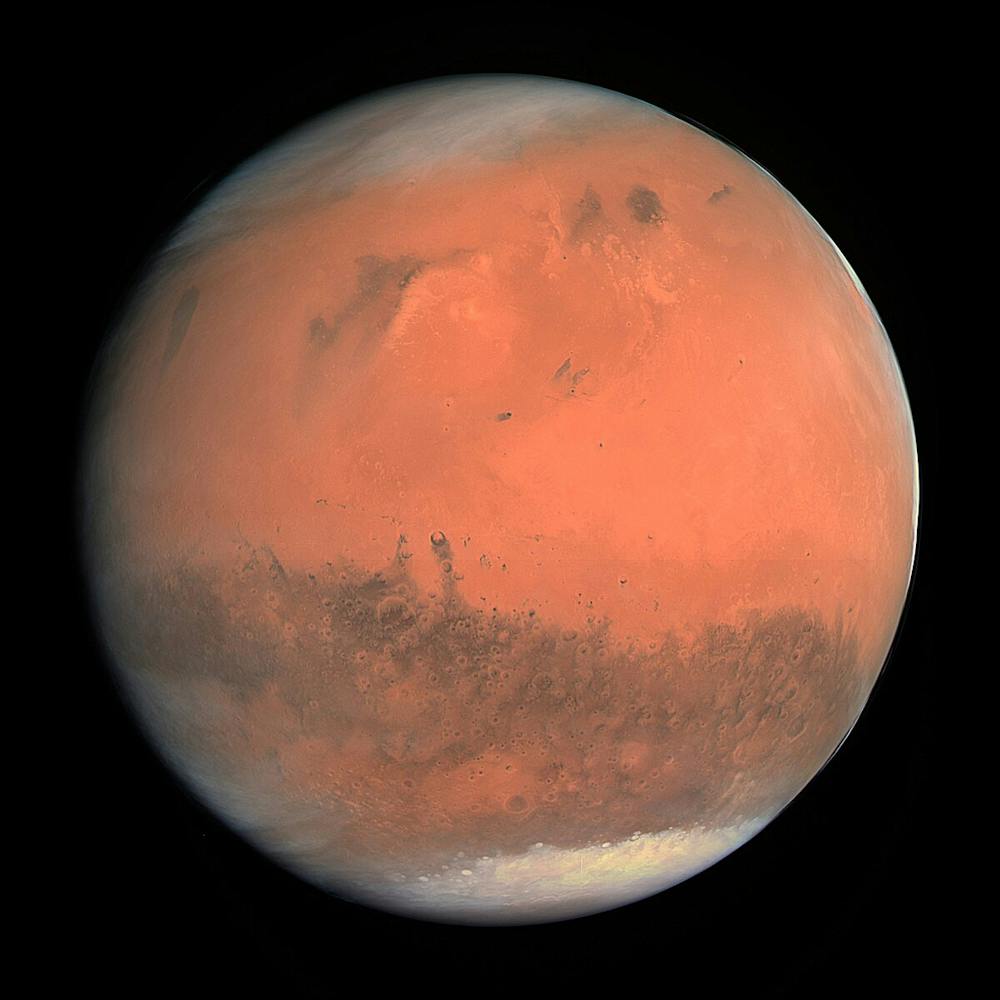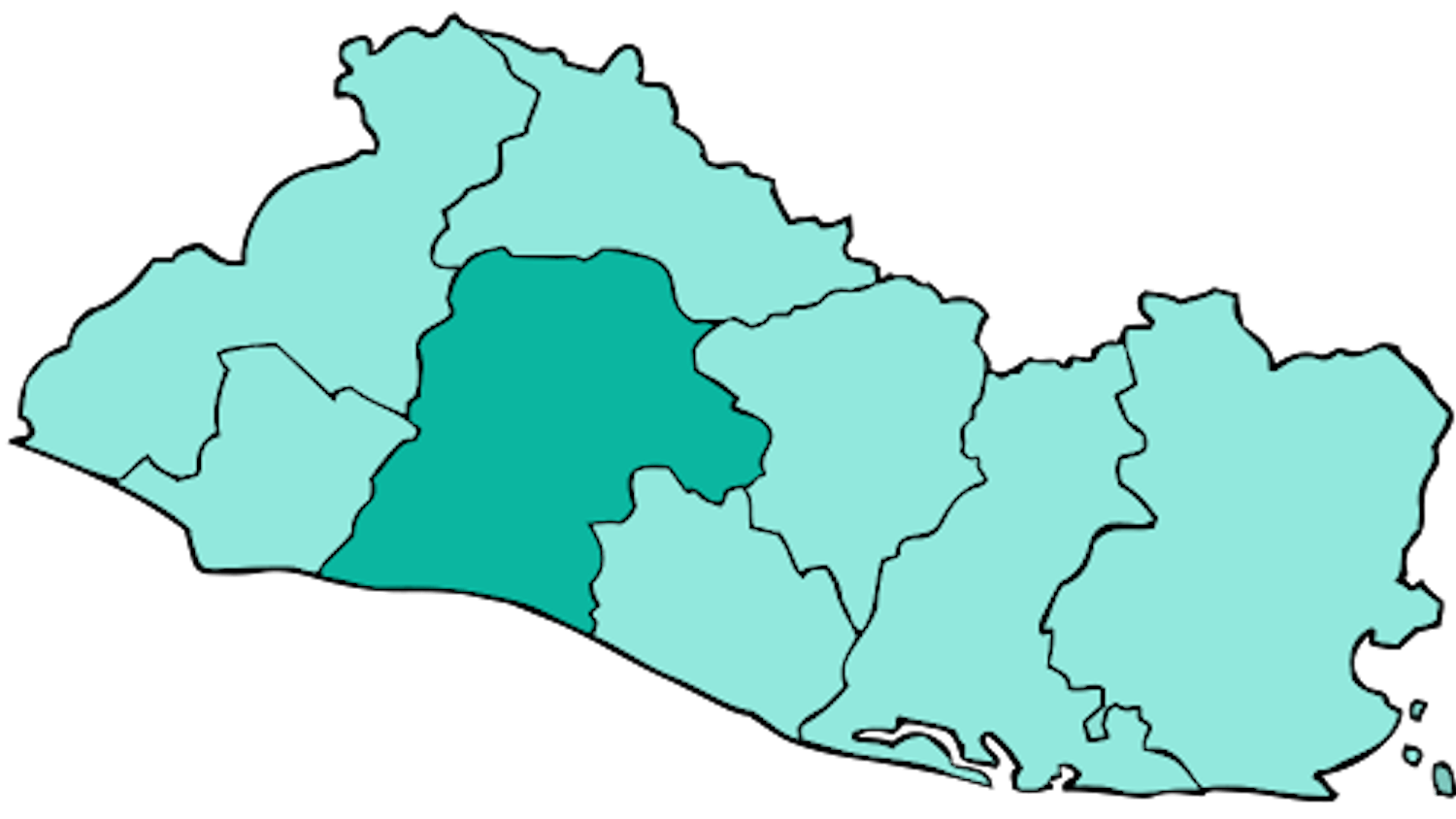By Aneri Upadhyay
Staff Writer
Mars is one of eight planets in our solar system, and although it is one of Earth’s neighboring planets, there is still much to be discovered about its properties and liveability. Last week, major discoveries were made, changing the way astronomers and scientists will look at the planet forever.
Mars has many craters, but recent evidence suggests that these craters used to be filled with rivers, according to Phys.org. Benjamin Cardenas, assistant professor of geosciences at Penn State, was the lead author on the paper announcing the discovery and commented on his research.
"We have everything to learn about Mars by better understanding how these river deposits can be interpreted stratigraphically, thinking about rocks today as layers of sediment deposited over time,” he said. “This analysis is not snapshot, but a record of change. What we see on Mars today is the remnants of an active geologic history, not some landscape frozen in time."
River deposits are extremely important for life cycles, so river deposits on Mars could hint at a time on Mars when life forms would have been able to live on it.
Looking to the future, scientists have found more evidence for the habitation of Mars with the recent discovery of buried ice.
As reported by NASA, buried ice would serve as drinking water and rocket fuel for the first astronauts to step on Mars. This would eventually evolve into drilling into ice cores to look for microscopic evidence of life and the history of Mars’ climate. This is extremely important because Mars’ atmosphere is too thin for liquid water to be in a stable state.
NASA’s Subsurface Water Ice Mapping project, dubbed SWIM, is exploring potential hotspots on Mars with ice. The key is to be north enough for there to be ice but as close to the equator as possible. Sydney Do, JPL’s SWIM project manager, touched on the importance of being close to the equator.
“If you send humans to Mars, you want to get them as close to the equator as you can,” Do said. “The less energy you have to expend on keeping astronauts and their supporting equipment warm, the more you have for other things they’ll need.”
The map SWIM is building will help scientists understand other disparities within Mars, such as why some parts of Mars have more ice than other spots.
Along with the river deposits and buried ice, scientists have also recently discovered that Mars is made up of molten rock. As reported by Reuters, seismic waves recorded by NASA’s InSight lander show that there is a layer of molten rock around the planet’s core.
The molten layer is 90 miles thick and is at the bottom of the planet’s mantle. The waves were due to a meteor impact on the other side of the planet than where the lander was located.
Planetary scientist Amir Khan of ETH Zürich in Switzerland is the lead author on one of the papers publishing these new findings. He spoke about the meteorite crash and why this is a new discovery.
"The importance of the far side impact was to produce seismic waves that traversed the deep interior of the planet, including the core,” he said. “Previously, we had not observed any seismic waves that had transited the core. We had only seen reflections from the top of the core.”
Although the past few weeks have been exciting for Mars, the research is only beginning and there is bound to be more in the near future.







